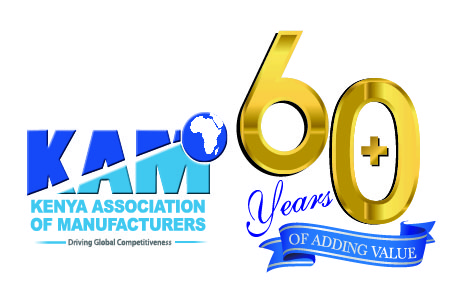Why value addition matters
By Bryan Cuthbert,
The global imagination of Rural, is mainly a depiction of low-income communities who rely primarily on agricultural activities for their livelihood.
Agriculture and Industry have long been tied in a symbiotic relationship that sees the former provide raw material such as hides, skins, cotton, fresh fruit, tree barks among others towards the creation of final products. Industry on the other hand, incorporates many agribusinesses into the numerous value and supply chains that drive it, and this catalyzes the growth and productivity of Agriculture. Its, additional generation of foreign earnings through exports also provides an income to many.
According to the 2018 Kenya Economic Survey, our agricultural sector made the highest contribution to GDP with 31.5% in 2017. Just to get a better scope of the contributors to this; the total value of marketed production increased by 8.2% to Kshs. 446.9 Billion from Kshs. 413.3 billion in 2016, with the highest marketed production being livestock and products at Kshs. 135.6 billion, tea at Kshs. 134.8 billion and horticulture at Kshs. 114.3Billion.
These figures are compelling! And to think that as a country we have barely scratched the surface with regards to the potential in this sector. We need to start thinking – Agro-based Manufacturing. Meaning we should renew our commitment towards increased value-addition and our zeal towards realizing prolific backwards and forward linkages along value chains.
In the Food Security and Manufacturing Pillars of the Big 4 Agenda, the government has put in place measures that seek to expand food production and supply in the country, as well as a concerted effort towards the reduction of food prices to ensure affordability to all citizens.
Under the two pillars, the government has prioritized textiles and apparel, leather products, agro-processing and construction materials. To promote agro-processing, the Government is focusing on tea, coffee, meat, sugar, dairy, fruits, and vegetables, in order to obtain more value and create an additional 200,000 jobs in the country.
Why then does value addition matter?
A major contributor to food scarcity in the country has been the massive post-harvest losses that occur due to low-value addition and inadequate cold chain facilities. Food Agriculture Organization’s (FAO 2014) report on Food Loss Assessments, approximates that Kenya losses between 20% – 50% of its agricultural production due to post-harvest losses.
However, if we recalibrate our thinking towards Agro-based manufacturing we can significantly minimize this wastage and increase the quality of products and their shelf life – through value addition. For instance, at present, fresh milk can last 24 hours at most depending on climatic conditions. But, once it is processed into various products it can last months on end. Hence we need to kick start deliberate efforts by county governments and industry to, for instance, set up milk cooling plants along the supply chains towards this endeavor for value addition in the country.
Value addition also promotes the growth of backward and forward linkages, and in the process creates the much-needed productive jobs for the youth, and equally, increases the purchasing power of citizens. Increased purchasing power means increased demand for locally made products and this in turn, will raise the local market share of manufactured products. As demand for locally made products increases, so does the demand for agricultural products to cater for the new market and ultimately, demand for farm inputs such as fertilizers, better machinery that will also lead to the expansion of the agricultural sector.
Moreover, value addition provides additional foreign exchange earnings through export of agro-processed products. The world chocolate market, for instance, is worth USD 100 Billion annually, however, the two largest cocoa growing countries, Cote D’Ivoire and Ghana, only earn USD 5 Billion since all the value addition is done outside those countries.
The same applies to products such as tea, coffee, hides and skins amongst others. If we are to add value to these products, we would realize five times the earnings we currently have (at the very least), and in the process, create more direct and indirect jobs along the value chains.
97.3% of our tea is exported in bulk form meaning that only 2.7% is valued added. This means that if we are to add value to our tea, we would earn at least 500% of the value of the raw exports. On the other hand, value addition of cotton from farm to fashion increases value by about 600%, a factor that is lost when the raw material is exported. This can be expanded exponentially in other agricultural commodities, and ultimately enhance wealth creation and erode poverty.
To achieve the above, it is critical that we have policies in place that encourage the competitiveness and growth of local industries. Additionally, it is important that we challenge land policies that are continually reducing the amount of land available for agriculture, and enforce cooperative society laws to curb the rampant mismanagement of farmers’ resources to encourage farming in the counties. This is one of the surest ways to attain the Big 4 Agenda.
The writer is the Chapter Chairman of Kenya Association of Manufacturers North Rift Chapter. He can be reached on info@kam.co.ke.
Looking for elevation? KAM lifts you up.
- Direct technical assistance
- Capacity building programmes
- Networking and mentorship
- Industry insights & analysis
- Trade & export development services
